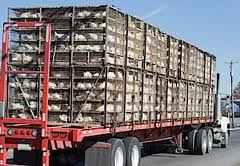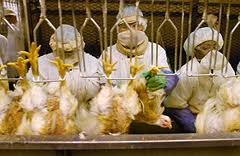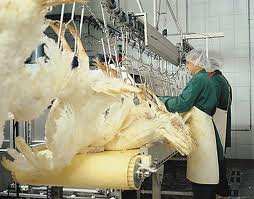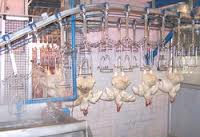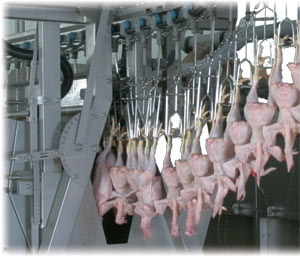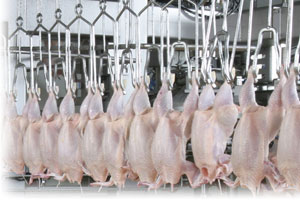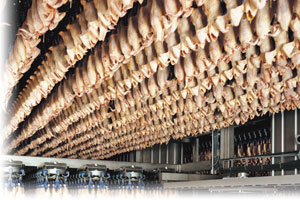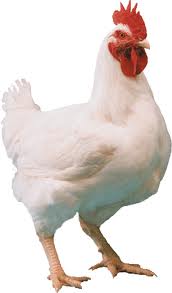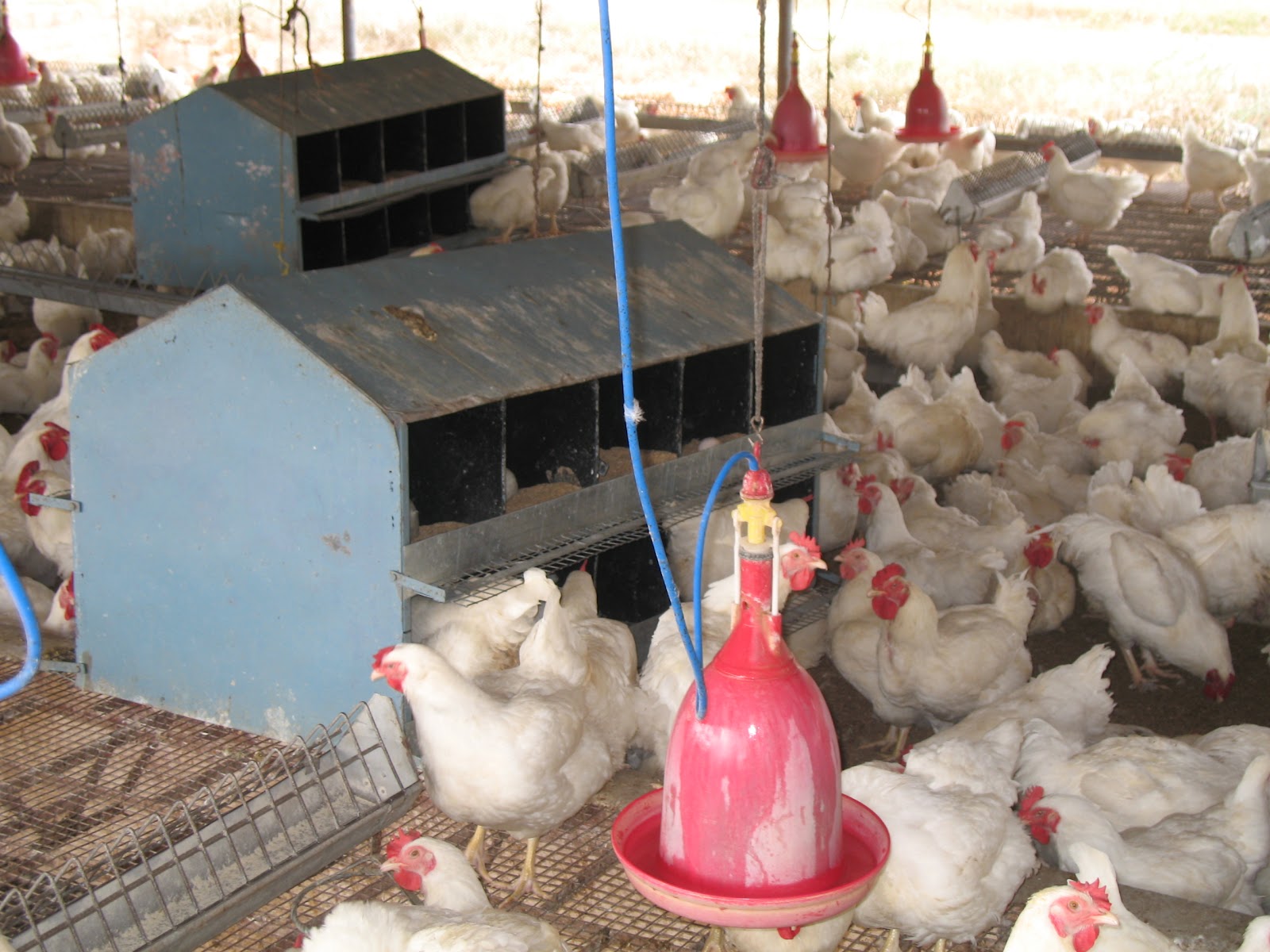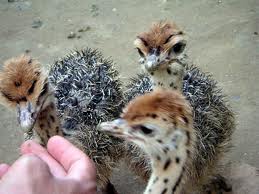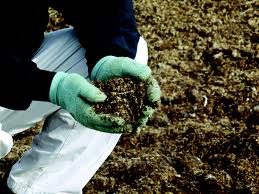Poultry processing should be taken seriously, especially when you plan to optimize the yield and the profits. In other words, you need to make use of a number of standardized procedures and plans in order to get the best value for your investment in broiler processing. For example, if the lighting is too much in the farm setting, then there are high chances that the birds might come to be stressful and engage in irrational behaviors. For your convenience here are the 10 guiding principles to optimize poultry processing, all of which are to be used in an effective way for increasing the workflow and outputs from the processing plants.
1. Harvesting
Harvesting is one of the most crucial components in poultry and chicken processing. In caging the birds, it must be ensured that the cages are not too small and not damaged in any away. Furthermore, door less cages are also used, as having a door in them might slow down the output when closing and opening the cages. In times of transportation, it is better to make use of big cages for the accommodation of a large number of birds.
2. Transport
Having adequate and impressive transport facilities is another key to the success of the poultry processing. There are a number of broiler and chicken processing plants that are unable to obtain substantial results from the yield, all because of the limited transport facilities to various areas. The trucks should also be equipped with proper temperature control mechanisms in summer or winter, so that the birds might not be at risk. Furthermore, proper arrangements should also be made on the arrival of the birds at the respective locations.
3. Hanging the Birds
Before going to the full fledge chicken slaughtering process, the process of stunning is performed. So, here it is imperative that the route leading to the stunner should have moderate levels of light. The hanging should be done in a way that the birds may not damage their wings from the nearby metal and also kept safe through the use of breast comforters. The timing for reaching the stunning site is also important here and should not be prolonged.
4. Stunning and pre-wash before scalding
The place where the stunning is done should not be wet and it should also be ensured that the birds might not get an electric shock from the floor. In other words, the birds should be kept away from having a pre shock that might create a number of problems. When the chickens are slaughtered, a fecal material can be seen on the body, thus creating a need for washing.
5. Scalding
Afterwards, scalding is done to loosen the weather and for the dilation of the body parts, so that the slaughtering process might come in quick and easy. Moreover, the timing between the movements of the animal from scalding to plucking should also be minimal.
6. Plucking
The body temperature of the chicken should be higher on entering the plucking process. It is because the follicles tend to open and loosen on high temperature which makes the plucking process easier. If the body temperature of the animals falls before reaching the plucking machine, then this might lead to the deposition of the fecal material on various parts of the body.
7. Evisceration
In this phase, the organs and parts of the animal’s bodies are separated on the basis of suitability for human consumption. On collection of these parts, proper chilling should be done for the reduction of bacterial deposition and growth on these organs.
8. Chilling Carcasses and Giblets
The poultry processing plant managers should ensure that the water used for chilling should be maintained at 0C, in order to keep the body of the products are prepared for the next phase. Furthermore, an increase in the temperature should be controlled.
9. Packaging
On completion of the previous processes, the products are then selected for specific type of bins. Each of the products should be packed and processed properly for keeping the quality intact and for minimizing the bottlenecks. Extreme cold temperatures should also not be used, as this might lead to the darkening of the animal skins.
10. Coolers
The ideal temperature on which the carcasses and giblets should be allowed to enter into the coolers is about 4C. Here also, the temperature should always be monitored, as higher body temperatures might slow down the efficacy of all other processes.
These principles are going to act as a poultry processing management guide for you, but only if you follow them respectively and carefully.
